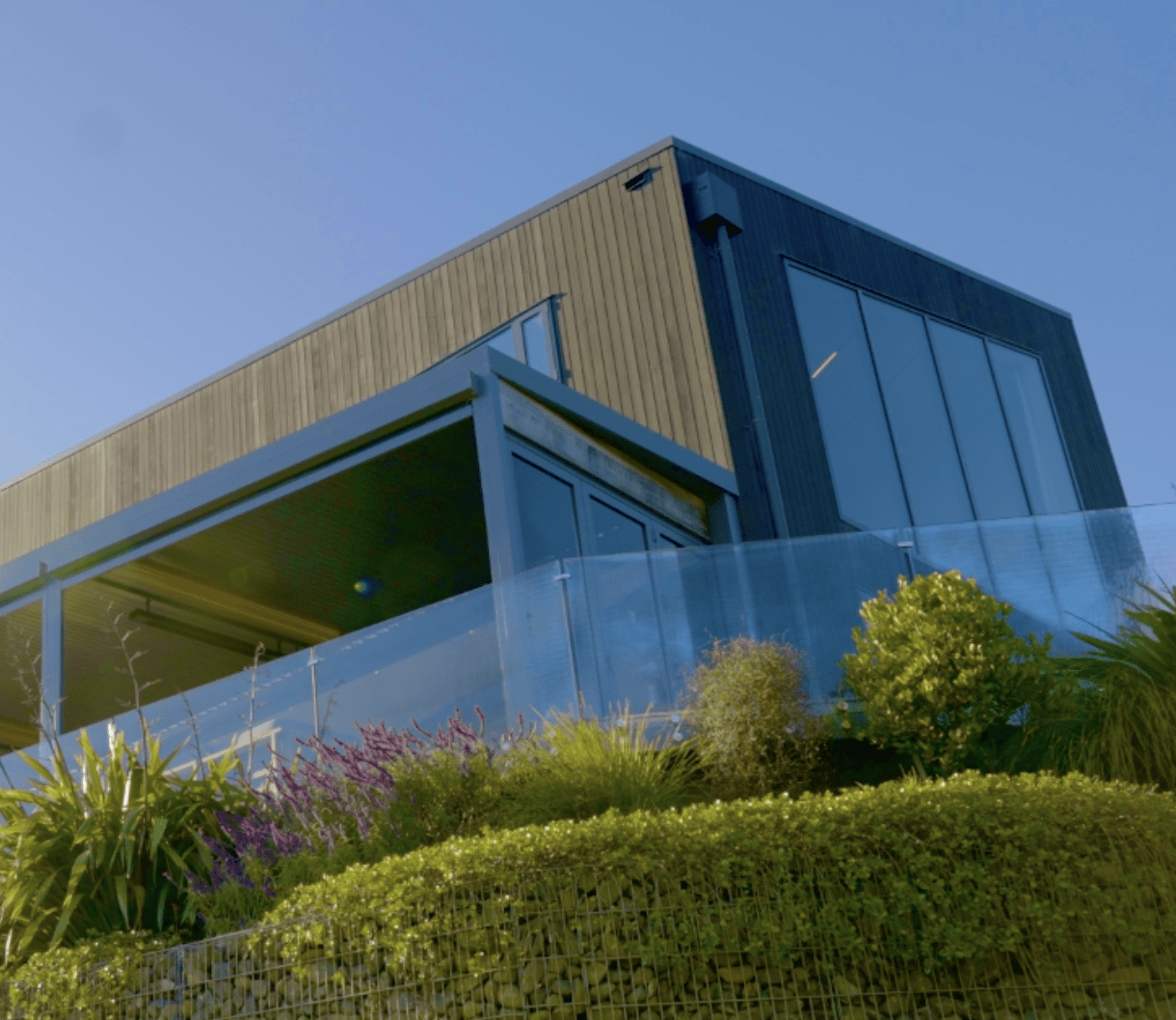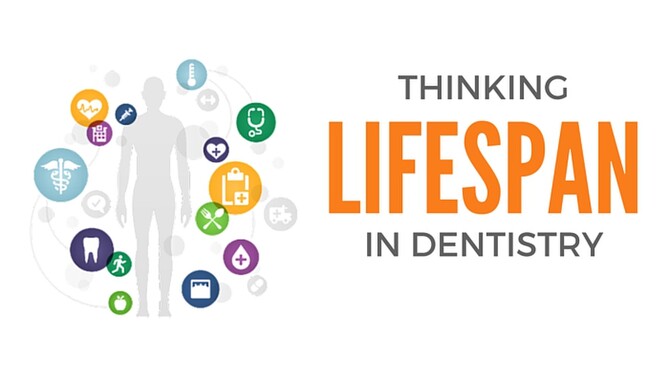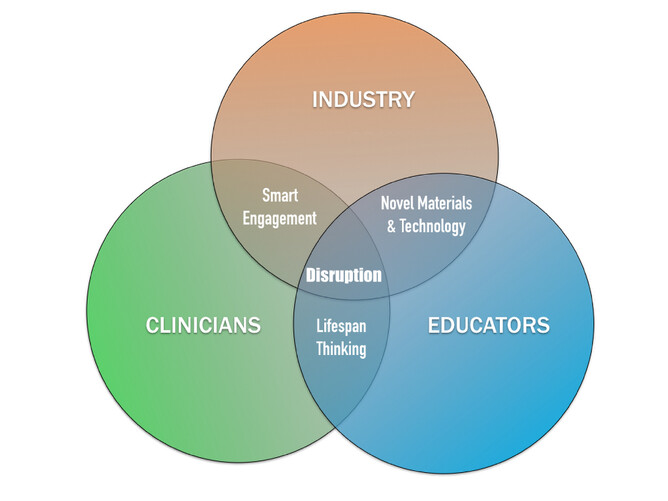Shifting our Lifespan Thinking - 1 of 6 in a Series on Dental Disruption.
Would you place an implant in a 91 year old? I had the pleasure recently of treating a 91 year old, physically active and intellectually incisive woman who still does yoga twice a week. She elected to have an implant which we subsequently restored. Many dentists would question the decision - in this case it was made in a very determined way by a patient who wanted to remain youthful and functional. I've had older patients ask me at 70 if it is worth investing in protective dentistry, suggesting that they might not be alive long enough to get value from their investment. We laugh, and I point out that I'd be an interesting dentist if I could date my patients' demise.
The Institute for the Future, a Palo Alto based not-for-profit think tank, published six drivers of change in their document Future Work Skills 2020. The first disrupter was
Extreme Longevity - increasing global lifespans are changing the nature of careers and learning. Extreme Longevity is also changing the way we consider and deliver services and develop skills, not just in dentistry, but right across the healthcare industry.
How well is dentistry prepared for
Extreme Longevity?
- Do we look at our new patients with an expansive perspective that traverses decades of oral health? Do we identify risk factors that manage changing disease patterns as we age?
- How well is our workforce prepared for the clinical challenges presented by aging patients with co-morbidities and poly-pharmacy?
- Do we need new clinicians to support the needs of a population that is living longer?
- How will dental materials, point of care diagnostics, and digital technology play a role?
- Do dentists understand the strong desire amongst the middle aged to avoid aging? (I can honestly say, having approached middle age, that I am in denial and 50 is the new 25).
Any dentist who has been in the same practice for some time, with a longstanding and loyal patient base, knows the impact of longevity in the mouth. Tracking changes in patients over decades reveals the relationship between genetics, biology and environment. Training the diagnostic eye to monitor small changes and counsel patients about risk factors that predispose a patient to dental disease is a skill that is often overlooked by younger professionals and dentists without a 'lifespan' view.
Managing extreme longevity will be dependent upon 3 key things:
- The diagnostic view of the dental clinician
- The ability of the profession to engage patients (the consumer) in the long game, using the smartest clinical and predictive tools at hand.
- Novel technologies and materials that eliminate or minimise the risk of dental disease.
Consumers are increasingly wired to health apps and metrics. It is only a matter of time before we have a wireless electric toothbrush, communicating with an oral health app on a smartphone or watch, or talking to a smart bathroom mirror that will project feedback indicators about health metrics. It will measure microbial signatures and biofilm activity, mediators of inflammation, salivary flow and pH and other systemic health markers of disease. The oral health aware consumer will receive customised information to deliver the correct diet and preventive products to minimise tooth decay, periodontal disease or bio-corrosion.
Dentists who will be at the forefront of a predictive model are already embracing a health-aware world - if not through health-aware technology then definitely via health-aware diagnosis and communication with patients. How does a dental clinician become a predictive professional:
- Embrace training in lifespan thinking.
- Use critical thinking skills in planning care and selecting dental materials.
- Develop advanced clinical skills to deliver dentistry that is becoming more comprehensive.
- Improve documentation to allow tracking of disease status with tools such as photo, video and digital scans.
- Develop communication strategies that provide metrics and feedback for patients.
- Understand consumer psychology that drives anti-aging procedures and investment in longevity.
The "one size fits all" approach to oral health may build short term relationships with mobile population groups - as consumers become increasingly wired, and their desire for participation in their health choices and expenditure increases, we will see predictive dentists and organisations gaining strength.
By Dr Andrea Shepperson
Dr Andrea Shepperson teaches predictive and lifespan thinking for dentists, and excellence in delivery of care. She runs courses in New Zealand and Australia teaching the concept of the Dental Fingerprint - a biometric assessment based around biology, lifestyle and risk. To find out more about Dr Andrea Shepperson, courses in lifespan thinking and the Dental Fingerprint go to www.andreashepperson.com
Dr Shepperson is a graduate and mentor of the Kois Center in Seattle - a global leader in dental education. To find out more about the Kois Center go to www.koiscenter.com


